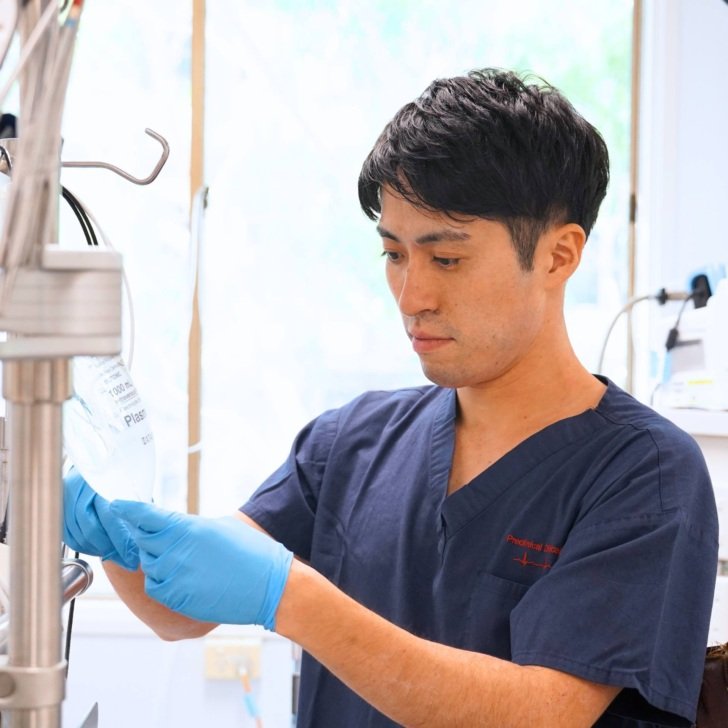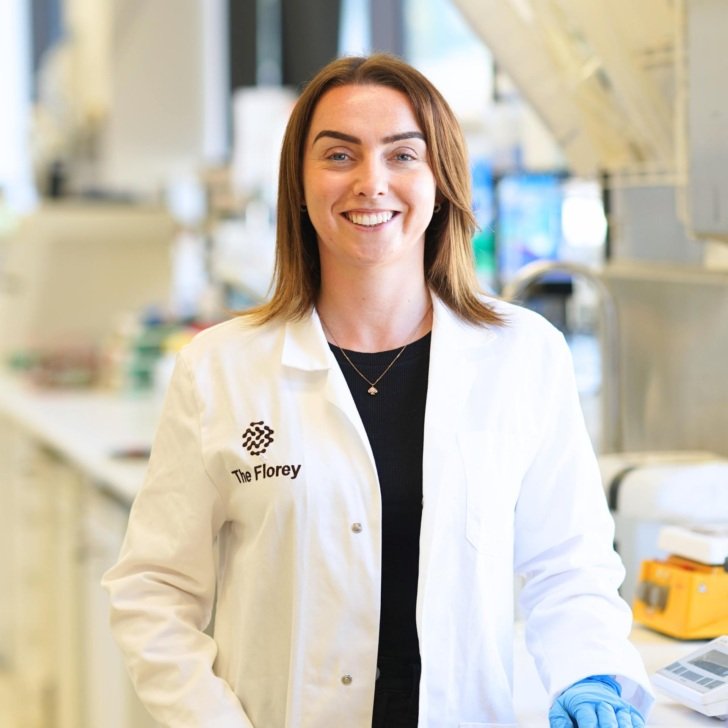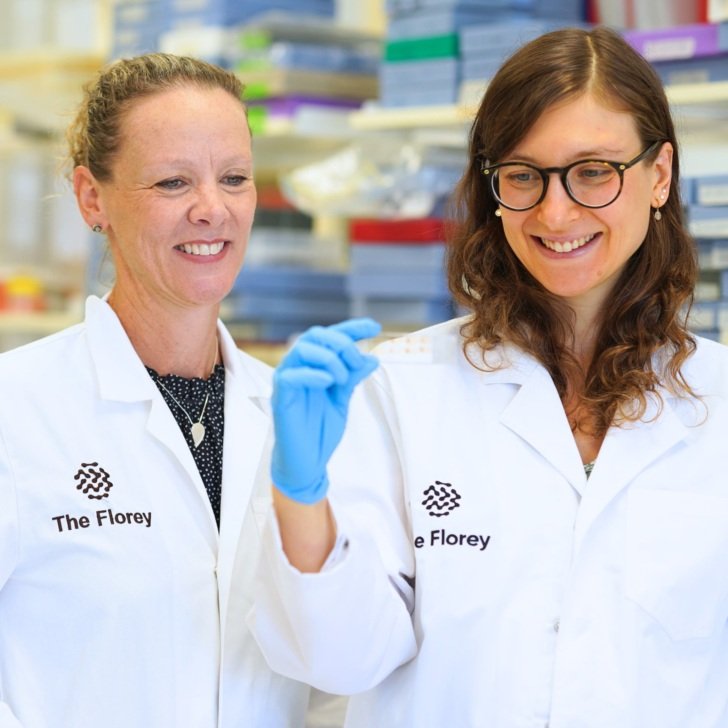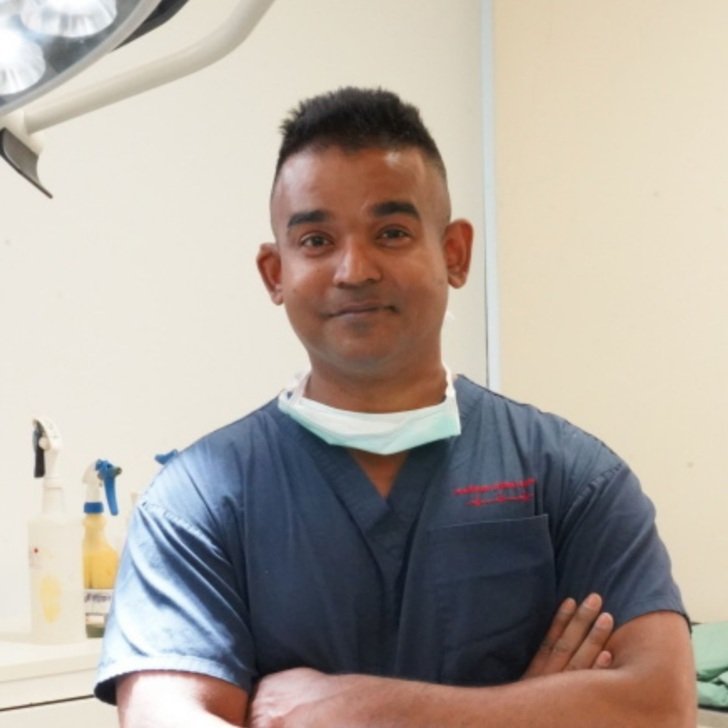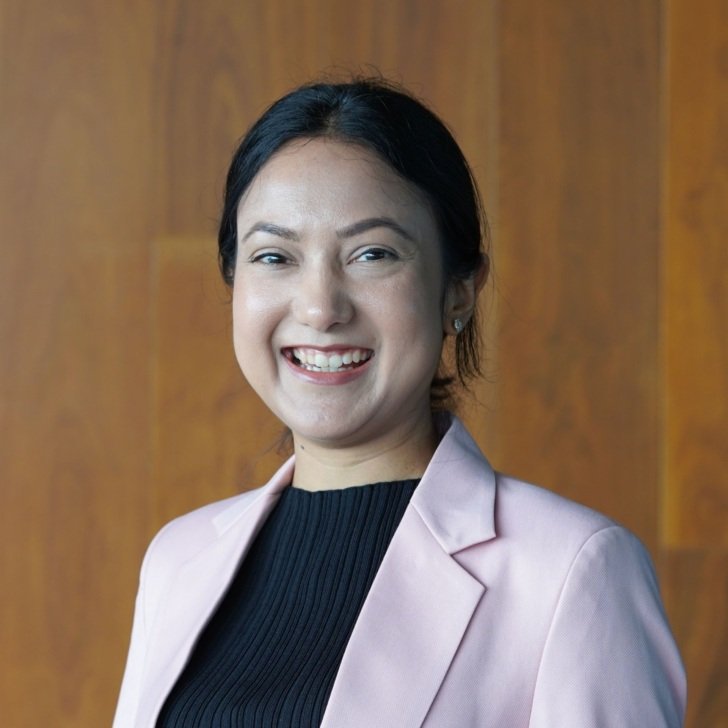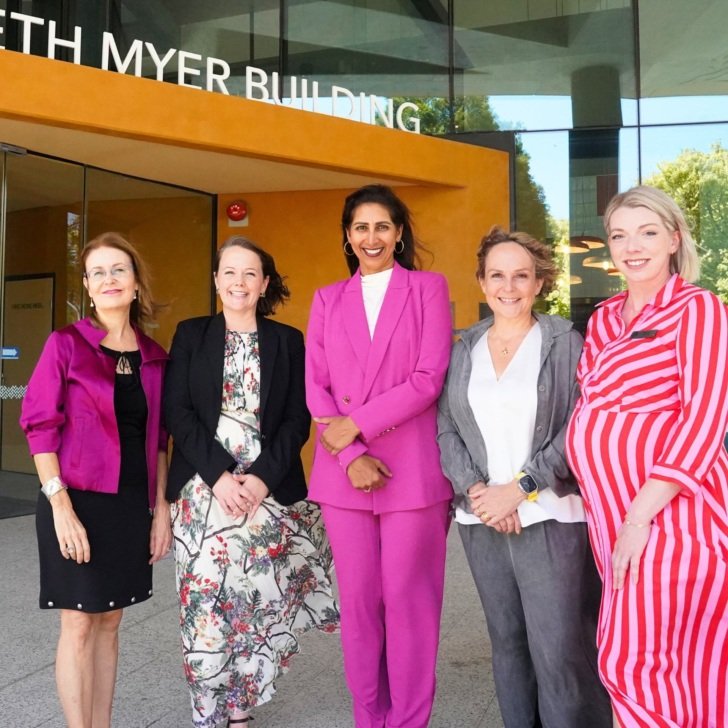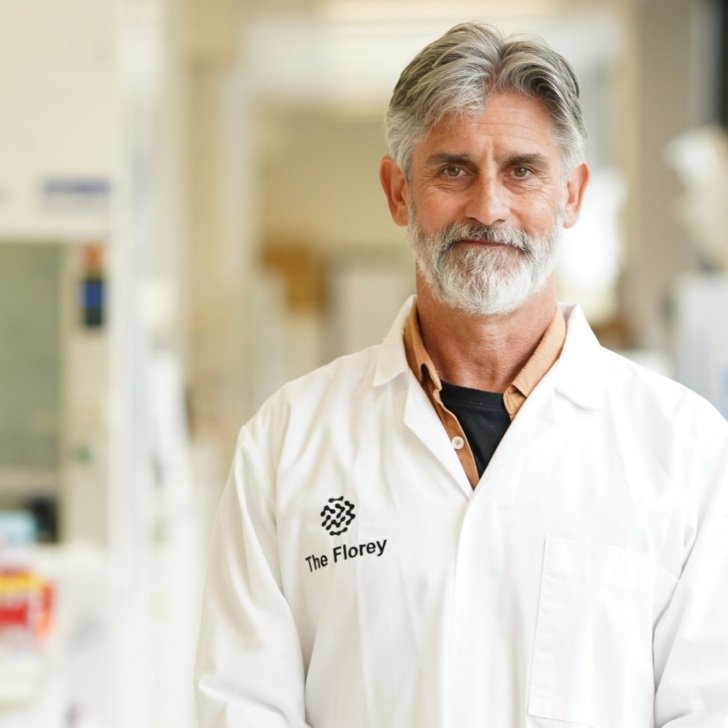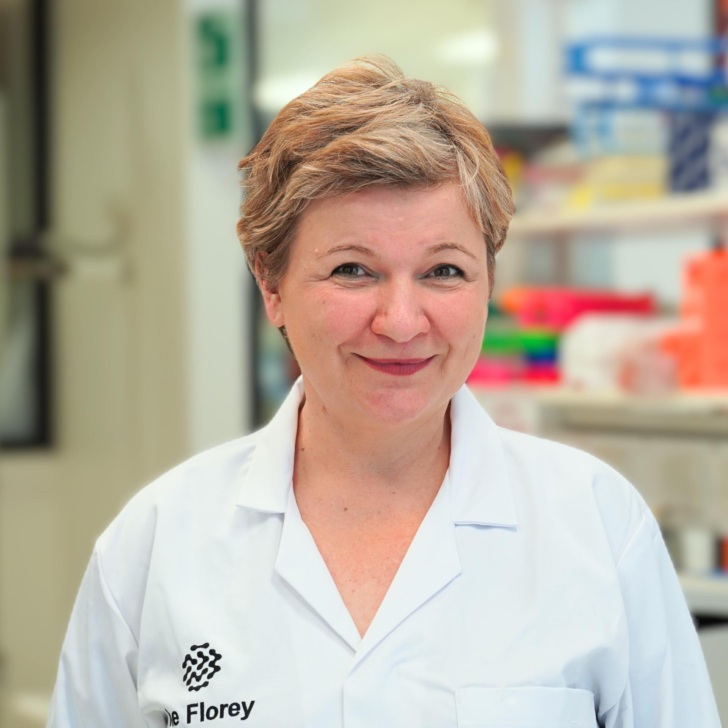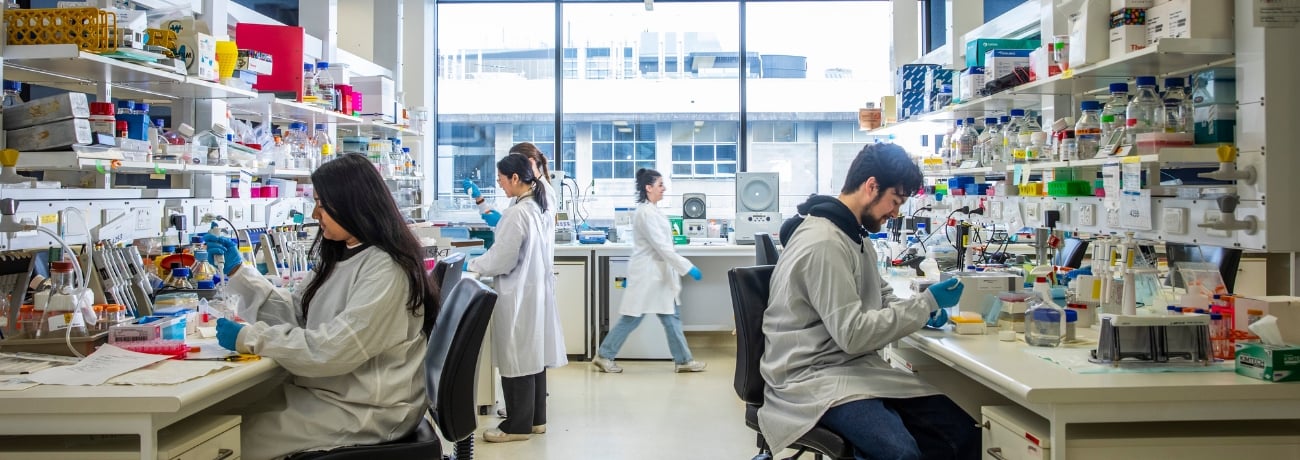- In early 2021, the Australian Epilepsy Project was awarded $30 million from the Australian Government to take life changing epilepsy technology nationwide through a network of community hubs.
- The project led by Professor Graeme Jackson is working to achieve fewer deaths, fewer seizures and better quality of life for people living with epilepsy.
- Lived experience advocate Amanda Anderson shares her story on the impact they hope to make to people living with epilepsy.
Amanda’s story
Amanda Anderson was 23 years old and out to lunch with friends when someone first noticed a sudden change in her demeanour, like she’d ’spaced out’ for a few seconds. She must have been daydreaming, they supposed. Then it happened again. Amanda had no explanation and no recall of what had happened.
When colleagues reported noticing her in similar ‘dream-like’ states, she was referred for an electroencephalogram (EEG) to assess her brain’s electrical activity.
Amanda was shocked to discover that these momentary lapses of consciousness – known as focal seizures – were a result of electrical disturbances in localised networks in one side of her brain and a core symptom of epilepsy.
As in one third of cases, medication did not prove successful for Amanda. Despite her seizures becoming more severe, the cause couldn’t be identified.
“By this stage I had to give up my university studies because I couldn’t remember a lot of what I was learning. I couldn’t drive. I was experiencing mood swings and anger that I found hard to control as well as crushing fatigue. I had double vision for hours at a time and sometimes urinary incontinence. It was debilitating,” says Amanda.
“For most patients with epilepsy, this uncertainty in diagnosis and treatment is currently an unfortunate reality. Too often diagnosis and treatment are based on guesswork,” says Professor Graeme Jackson, Chief Investigator of the Australian Epilepsy Project.
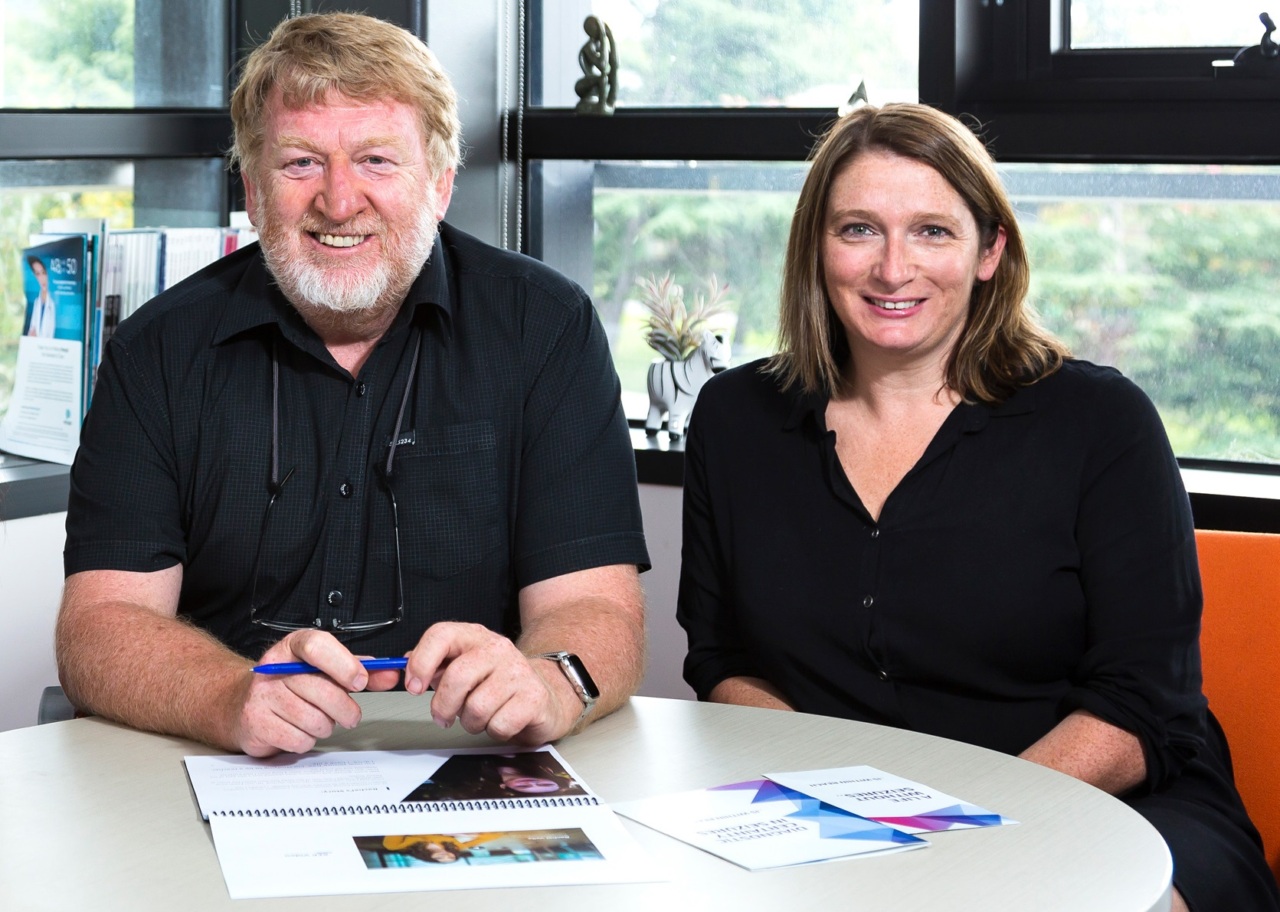
It took referral to Professor Berkovic, Director of the Epilepsy Research Centre at The Austin Hospital for Amanda to finally find hope that things could change for the better. Neurologists had discovered scar tissue on Amanda’s right temporal lobe during a repeat MRI. Professor Berkovic agreed this was the likely cause of her epilepsy and considered her a good candidate for surgery to resect this lesion in the hope it could significantly reduce her seizures.
Seven years after she first began experiencing seizures, Amanda had a right anterior temporal lobectomy at The Austin. Her seizures stopped – immediately.
The freedom was fantastic; I had a newfound sense of control over my life. My son didn’t have to miss out on parties or playgroup anymore – I could go to these things confidently and independently, without fear of suffering a seizure.
Amanda has since completed a degree in psychology, is a proud mum of two and now enjoys the stimulation and challenge of working life once again, this time for the Australian Epilepsy Project as a Lived Experience Advocate.
“The epilepsy team changed my life after years of uncertainty, trial and error, stress and fatigue.”
“Everyone living with the debilitating effects of epilepsy should have access to this world-leading care.”
